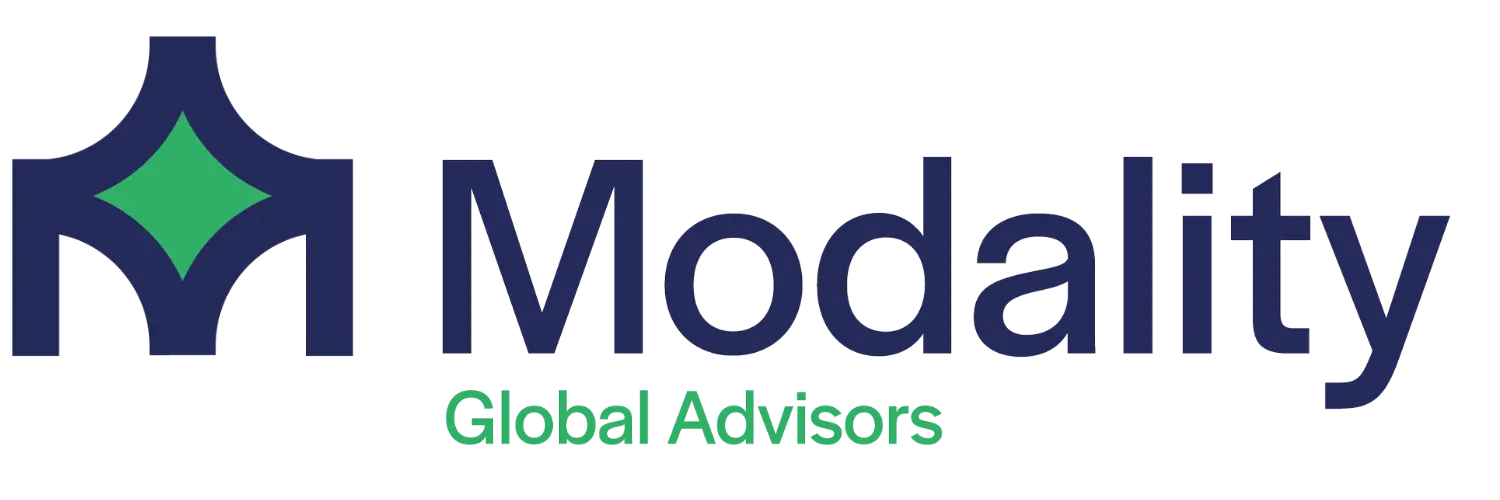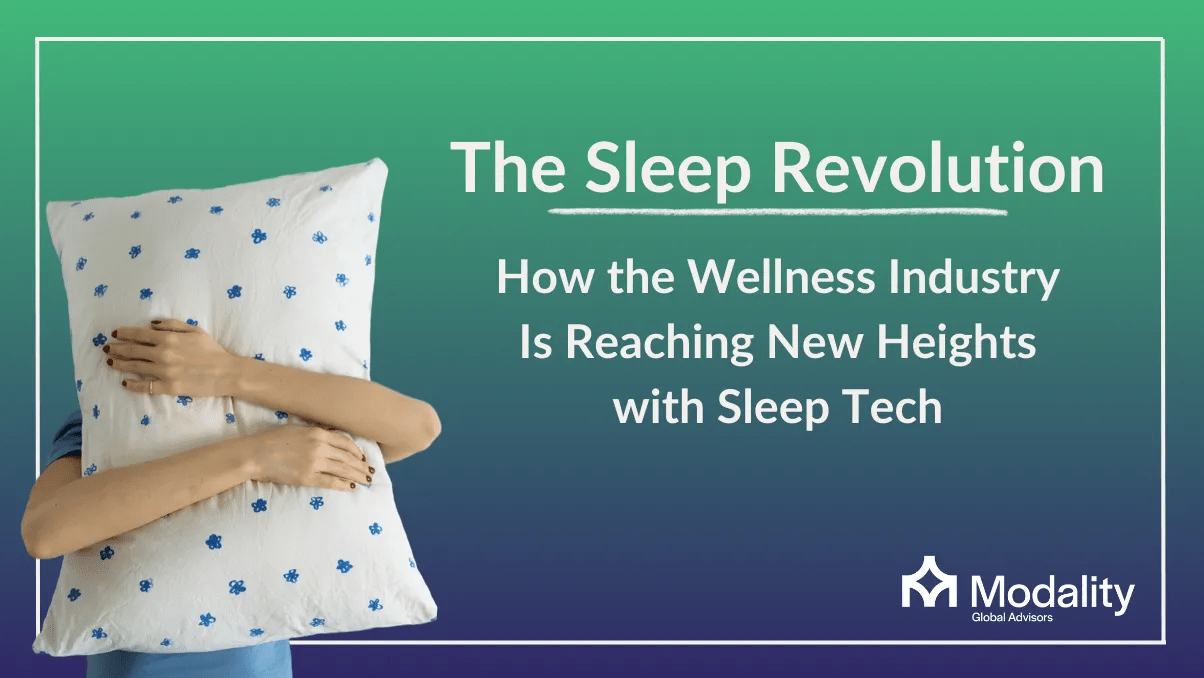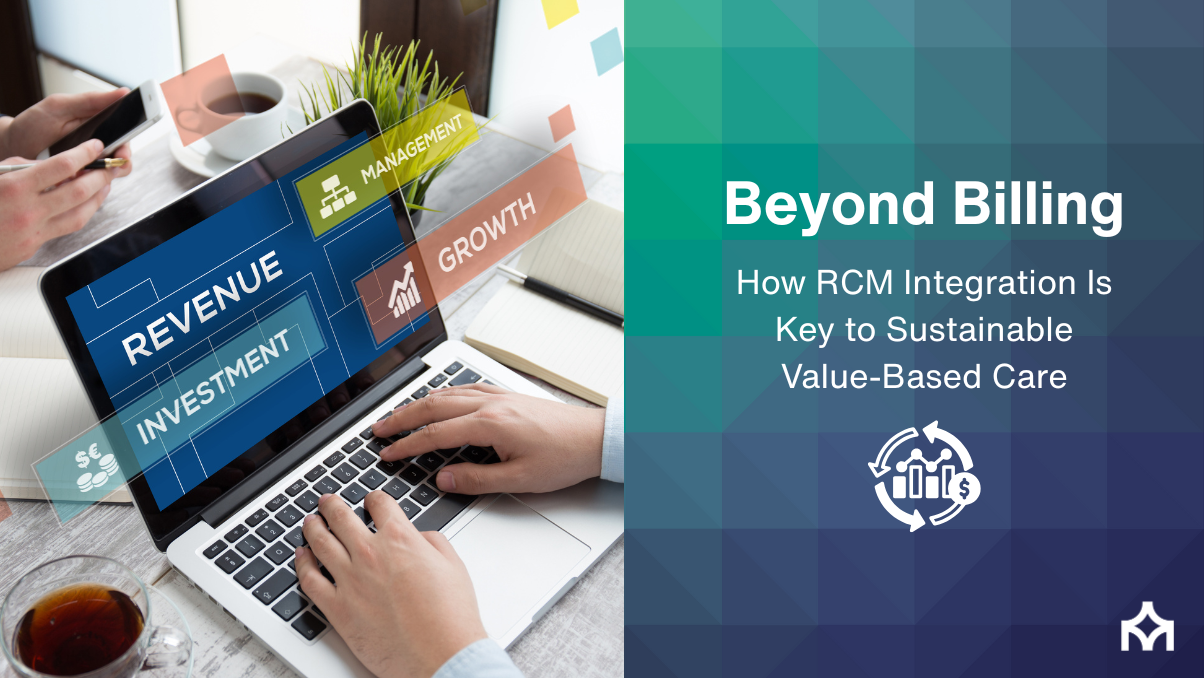The Sleep Revolution: How the Wellness Industry Is Reaching New Heights with Sleep Tech
The Sleep Tech Revolution: How Smarter Tools Are Turning Rest into a Health Strategy
In a world that glorifies hustle, sleep has become a luxury—yet it remains the most powerful lever for health, cognition, and recovery. A new wave of sleep technology is changing how we rest, from AI-guided coaching to temperature-tuned smart beds and clinically validated digital therapeutics.
What’s New: From Tracking to Transforming
- AI-Powered Coaching: Apps like RISE and Sleep Cycle translate biometrics into personalized routines—ideal wake windows, wind-down timing, and light exposure goals.
- Thermoregulating Smart Beds: Systems like Eight Sleep Pod automatically adjust temperature across the night to deepen slow-wave sleep.
- Wearables & EEG Headbands: Oura, WHOOP, and Muse S pair heart rate variability, skin temp, and brain activity with biofeedback for relaxation and recovery.
- Smart Lighting & Sound: Hatch Restore and dynamic sound machines align circadian cues and mask disruptive noise with adaptive soundscapes.
- Prescription Digital Therapeutics: CBT-I–based apps offer drug-free, guideline-concordant care for chronic insomnia.
Why It Matters for Whole-Person Health
Cardio-Metabolic Risk
Improved sleep duration/quality correlates with lower BP, better glucose control, and weight regulation.
Cognition & Mental Health
Better sleep reduces anxiety, improves mood regulation, and sharpens executive function.
Workforce Performance
Employers are investing in sleep benefits—recovery spaces, coaching, and wearables—to curb errors and burnout.
Build a High-Quality Sleep Stack
- Measure: Start with a validated wearable or contact-free tracker; review weekly trends, not single nights.
- Modulate: Use temperature control (bed or room), blackout shades, and smart lighting to align circadian rhythms.
- Mentor: Layer AI coaching or CBT-I if insomnia symptoms persist >3 months.
- Mind the Basics: Consistent schedule, caffeine cut-off, wind-down routine, and device curfew (blue-light filters aren’t a free pass).
Buyer Beware: Practical & Ethical Considerations
- Data privacy: Confirm encryption, data minimization, and clear sharing policies.
- Clinical alignment: Consumer scores ≠ medical diagnosis; escalate sleep apnea or RLS concerns to a clinician.
- Equity & access: Offer lower-cost options and employer/insurer subsidies to avoid widening wellness gaps.
Sleep Awareness Week: How MGA Can Amplify Impact
- Expert Panels & Webinars: Sleep scientists × technologists × clinicians on the latest evidence and tools.
- Thought Leadership: Playbooks, case studies, and ROI briefs linking sleep improvements to outcomes and productivity.
- Brand Collaborations: Curated demos with leading sleep-tech partners; ethics and privacy reviews included.
- Digital Campaigns: Daily tips, myth-busting threads, and live Q&A to drive engagement.
- Workplace Policy Advising: Shift-work guidance, nap policies, and benefit design for equitable access.
Partner with MGA for Sleep Awareness Week Download our Sleep Tech Buyer’s Checklist
Note: Sleep technologies complement—not replace—clinical evaluation. Seek medical care for symptoms such as loud snoring, observed apneas, excessive daytime sleepiness, or insomnia lasting >3 months.






